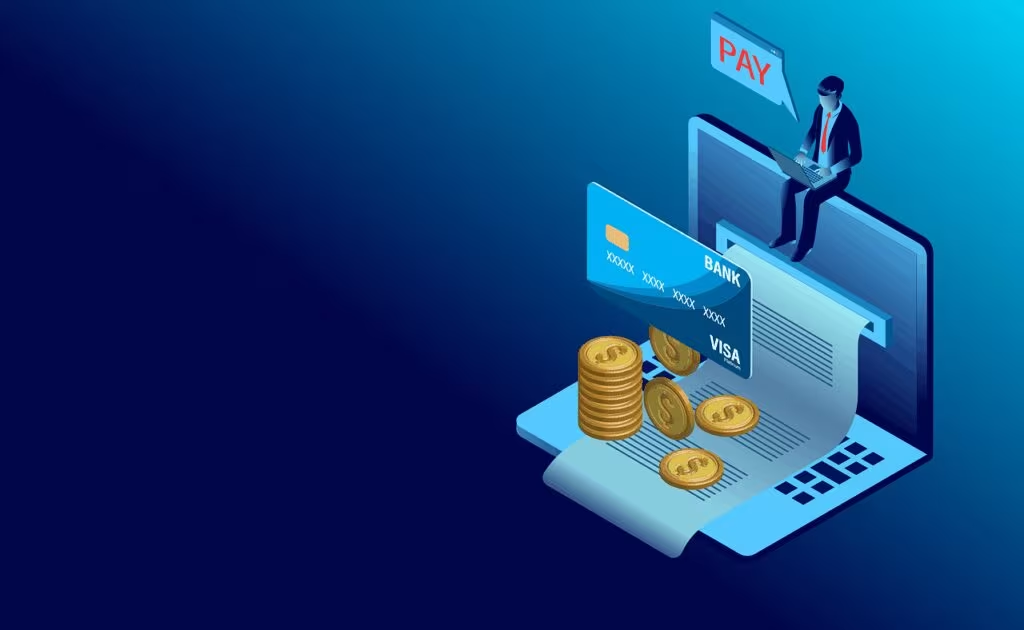The Growing Crisis of America’s Energy Poverty
In November 2025, the financial strain on American households reached a critical point, manifesting in a sharp, painful surge of utility shutoffs nationwide. For families already navigating the tightrope of post-inflationary economics, the disconnection of essential services has become the latest, most devastating humiliation.
Take the case of Misty Pellew. On November 13, her family was plunged into darkness for several days after their power was disconnected. The reason: $602 in unpaid electricity bills. Her struggle is not isolated; it is a stark reflection of a national trend where utility arrears—the debt owed by customers to power companies—have piled up to unprecedented levels, forcing providers to resort to mass disconnections.
This crisis, driven by persistent high energy costs and the expiration of critical pandemic-era protections, highlights a deepening divide in energy access and affordability across the country.
The Financial Drivers Behind Record Arrears
Experts point to a confluence of factors that have created this perfect storm of utility debt, often referred to as the increasing energy burden on low- and middle-income families. The problem isn’t just that energy is expensive; it’s that household budgets have been stretched thin by inflation across all sectors, leaving little margin for error when utility costs spike.
The End of the Safety Net
During the height of the pandemic, many states and utility providers instituted moratoriums, temporarily banning shutoffs. While these programs provided a crucial lifeline, their subsequent expiration in 2023 and 2024 meant that accumulated debt did not disappear—it simply remained on the books. As 2025 progressed, utilities began aggressive collection efforts to recoup these massive outstanding balances.

Persistent High Energy Costs
Despite some stabilization in global energy markets, the cost of natural gas and electricity remains elevated compared to pre-pandemic levels. Furthermore, infrastructure investments and maintenance costs are often passed directly to consumers through rate hikes. For a family living paycheck to paycheck, even a modest 10% increase in monthly utility costs can be the difference between making rent and falling behind on power.
“We are seeing the delayed consequences of the pandemic safety net being pulled away too quickly,” said one energy policy analyst. “The debt didn’t vanish; it just sat there, waiting for the utilities to start collecting. Now, millions of families are facing impossible choices between food, medicine, and keeping the lights on.”
The Human Cost and Safety Implications
Utility shutoffs are not merely an inconvenience; they are a significant public health and safety hazard, particularly when they occur during extreme weather events, though the danger is present year-round.
When power is disconnected, the consequences cascade rapidly, affecting health, education, and financial stability:
- Food Safety: Refrigeration stops, leading to spoiled food and increased food insecurity.
- Health and Medicine: Essential medical equipment, such as oxygen machines or insulin refrigeration, becomes non-functional, posing immediate life threats.
- Education and Work: Children cannot complete homework, and adults lose access to the internet and charging capabilities needed for remote work or job searches.
- Financial Spiral: Without power, families often resort to dangerous alternatives like candles or unvented heating sources, increasing the risk of fire or carbon monoxide poisoning. Reconnection fees, often hundreds of dollars, deepen the financial hole, making it harder to catch up.

For households facing disconnection or already in arrears, understanding the available assistance programs is crucial. While the demand far outweighs the supply, these resources offer the best chance for relief and reconnection.
1. The Low Income Home Energy Assistance Program (LIHEAP)
LIHEAP is the primary federal program designed to help low-income households cover heating, cooling, and weatherization costs. While funding varies annually and across states, it is the first line of defense against shutoffs.
Key Facts about LIHEAP:
- Purpose: Provides financial assistance directly to utility providers on behalf of eligible households.
- Eligibility: Determined by state based on income (generally 150% to 200% of the federal poverty guidelines).
- Action: Households must apply through their state or local LIHEAP office, often requiring documentation of income and utility debt.
2. Utility-Specific Programs and Payment Plans
Most major utility companies are mandated or encouraged to offer structured payment plans for customers with outstanding balances. These plans allow customers to pay down arrears over several months while maintaining current service.
- Budget Billing: Many utilities offer budget billing programs that average out annual energy use, resulting in predictable, fixed monthly payments, which helps avoid seasonal spikes.
- Hardship Funds: Many utilities operate charitable funds, often supported by customer donations, specifically for those facing temporary financial hardship.

3. State and Local Protections
Many states have specific regulations regarding utility shutoffs, especially concerning vulnerable populations or during certain times of the year:
- Medical Exemptions: If a household member relies on electricity for life-sustaining medical equipment, they can often obtain a doctor’s note to prevent or delay disconnection.
- Winter/Summer Moratoriums: Some states prohibit shutoffs during peak heating or cooling months to protect residents from extreme temperatures.
Key Takeaways for Affected Consumers
The surge in utility shutoffs is a national economic symptom, but individual action can mitigate the immediate danger. If you or someone you know is facing disconnection, immediate action is necessary:
- Do Not Wait: Contact your utility provider immediately upon receiving a shutoff notice. Do not wait until the power is off.
- Request a Payment Plan: Ask specifically for a deferred payment arrangement (DPA) to spread the arrears over time.
- Apply for LIHEAP: Start the application process for federal assistance immediately, as processing times can be long.
- Check Local Resources: Contact 211 or local community action agencies for information on local grants or charitable funds that may offer one-time payments.
- Document Medical Needs: Secure a medical certificate if a household member has a condition requiring electricity.
Conclusion
The story of Misty Pellew and the thousands of other Americans experiencing utility shutoffs in 2025 underscores a critical failure in the affordability of basic necessities. As the economic recovery remains uneven, the burden of high energy costs continues to fall disproportionately on those least able to afford it. Addressing this crisis requires not only emergency assistance but also long-term policy solutions focused on energy efficiency, rate regulation, and robust, permanent funding for energy assistance programs to ensure that access to power remains a fundamental right, not a luxury reserved only for the financially secure.
Original author: Abha Bhattarai
Originally published: November 24, 2025
Editorial note: Our team reviewed and enhanced this coverage with AI-assisted tools and human editing to add helpful context while preserving verified facts and quotations from the original source.
We encourage you to consult the publisher above for the complete report and to reach out if you spot inaccuracies or compliance concerns.

